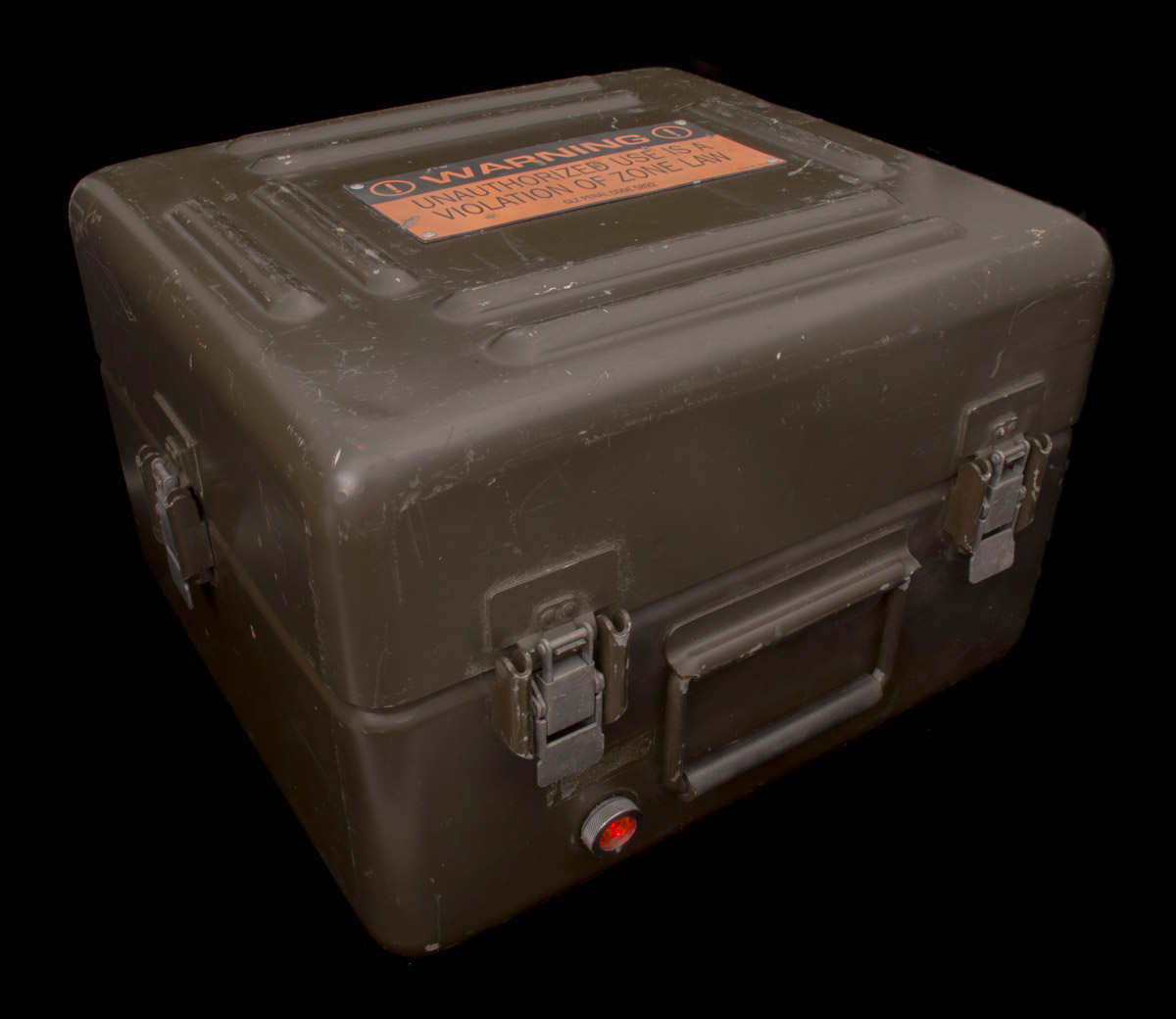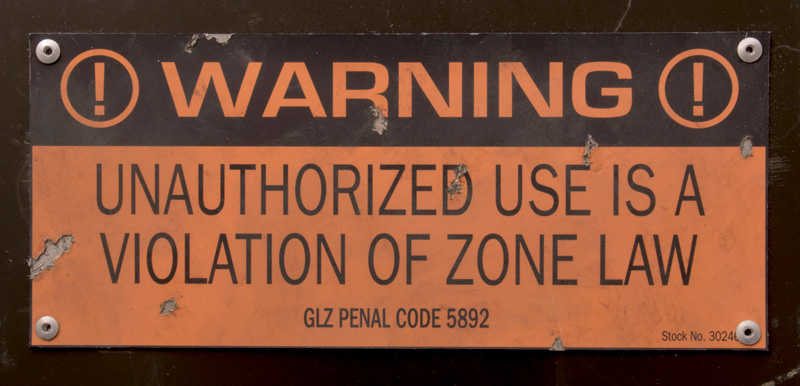The Jarndyke Ark
10.5″ x 16.13″x 14.75″ (26.67 cm x 40.97 cm x 37.47 cm)
The Jarndyke Ark itself is hardly differentiated from other Ark finds. Its steel exterior, typical of military-surplus containers, is a common feature of Arks found across the globe, and its warning signage, though imposing, has been seen in different forms on multiple Arks.



